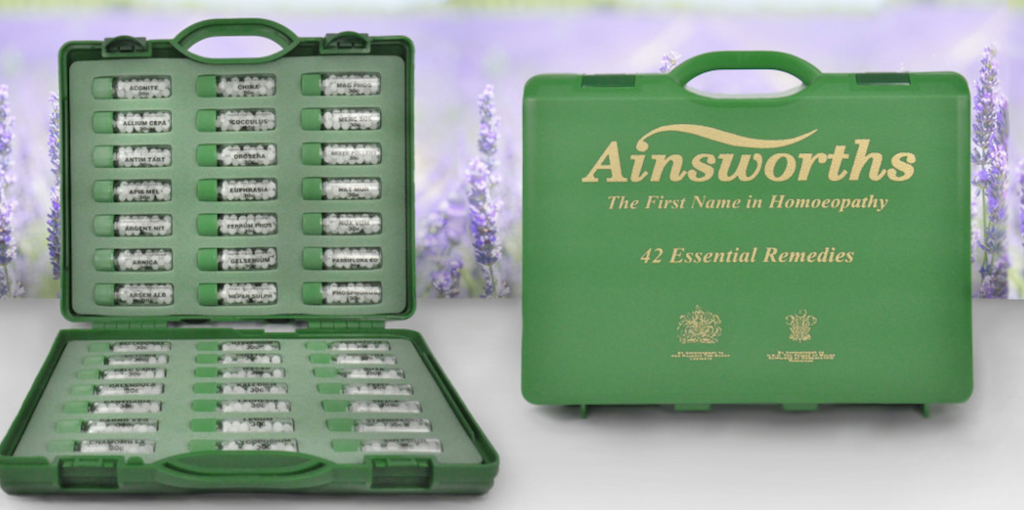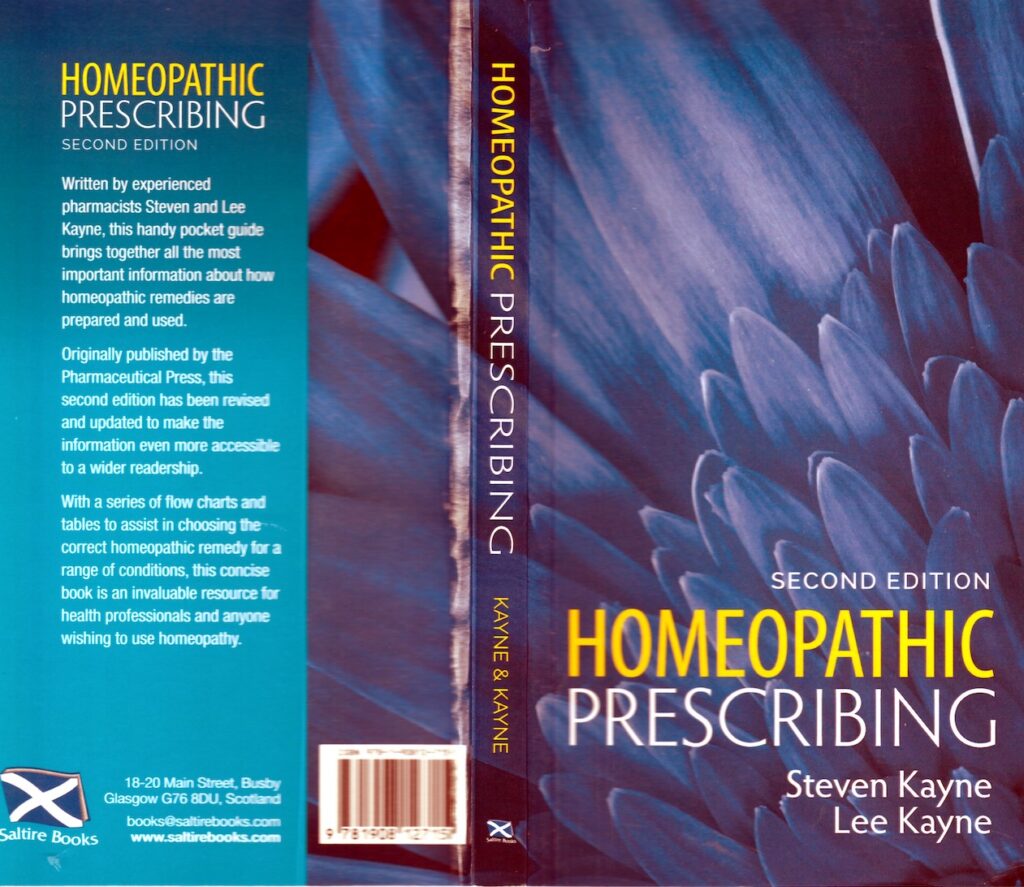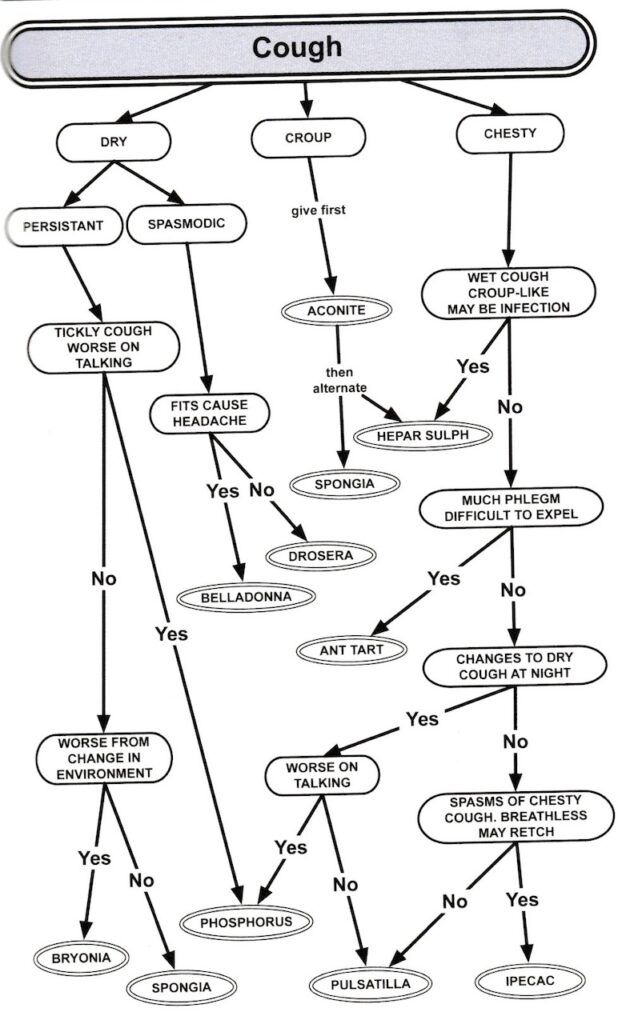Pulsatilla is a common remedy in Homeopathy. It is a useful remedy for young children in particular, but it is also a good remedy for a cough. But only if the picture fits.
Pulsatilla is a small plant from the buttercup family – an alpine – if you have a rockery it may be there, smiling at you!

Continuing with the series on remedies in a typical home first aid kit, the plan was to talk in more general terms about kit remedies for common injuries, but I will leave that until next month.
Instead, courtesy of my adult son, I share a short example of how homeopathic prescribing differs from the orthodox medical approach.

For more on the benefits of purchasing a first aid kit of basic homeopathic remedies see my earlier blog Family Care with Homeopathy
Classical homeopathic prescribing considers the following:
Consider homeopathic treatment like finding the right key for a lock, if after a taking the remedy for a short while (say one tablet or pill three to four times a day for 1-2 days) there is no response, then try another.
The task in classical homeopathic prescribing is to match the charateristics of the remedy or medicine with the symptoms of the patient. The symptoms reflect the body’s attempt to cure. The homeopathic remedy echoes those symptoms and stimulates an immune response. This is the principle of ‘like curing like’ (which is what the word Homeopathy means). Properly applied you will get better quicker.
Remember that homeopathic medicines are absorbed through the mucous membranes of the mouth – not the gut – so you let the tablet or pill dissolve under the tongue.
My son lives up in the north-west. He recently married, then was off on a business trip abroad and he has raft (no pun) of duties at the local sailing club etc. In short he has had a bit on his plate.
Mum and dad had not been in touch for a few weeks until last weekend, when we learned he was under the weather with a bad cough and eye infection. He had been to the surgery and seen an associate GP who prescribed ointment for his eye. The cough would take its course, he was told.
He barked his way through the phone call, and assured me that there was no possible link between the eye and respiratory symptoms. In accordance with the rules of the animal kingdom, he likes to argue with his ‘old man’.
So what do we know from the five points list above? Lowered resistance due to fatigue is a likely cause. There is an upper respiratory infection, which gives a location. I failed to ascertain if anything made his cough better or worse – apparently it was the same regardless. But I did learn that the cough was loose in the morning (phlegm) and dry the rest of the day. His nose was sore also even though there was little discharge. And his appetite was low.
And what about that inflamed eye and sticky discharge? Was an eye inflammation and a simultaneous cough really a coincidence? I would argue that it was a nice example of a concomitant (item 5 of the list).
Seemed to me that the sum was worth more than the parts.
The kit pictured above contains 42 remedies and nearly all have the potential of a cough in their picture. Consequently, there is little hope of hitting the target unless this list is whittled down somethat.
So you need to think about the nature of the cough (dry, wet and so on). Also, the nature of the person, by which I mean what has changed. My son likes to argue with me – so that is not a change!
In homeopathy, there is an expression ‘strange, rare and peculiar’ as such things are often pointers to the necessary remedy / medicine.
There is one stand out remedy in the kit that has both a cough AND eye symptoms. That remedy in Homeopathy is Pulsatilla. A cough and coincident eye symptoms is peculiar!
There is an excellent book from Pharmacists Steven and Lee Kayne pictured below and available here. This uses flow charts to guide you to a remedy.

Let’s look at just two – one for cough and one for eye. Now rather than start at the top, go to the bottom and find Pulsatilla, then work up the chart in reverse. This gives you some idea of the relevance of Pulsatilla in Homeopathy and in this case.


With a bit of arm twisting he took some – once he found his kit that languished at the back of a cupboard.
Of course I will be told, he was getting better anyway – which is true. But he’ll get better quicker.
By the way, with any respiratory infection you should consider taking high doses of vitamin C for a week or two. 3000 to 4000mg (3-4g) daily is reasonable. As a water soluble vitamin any excess leaves in the urine. Loose bowels mark the point of saturation – so reduce or stop should that occur.